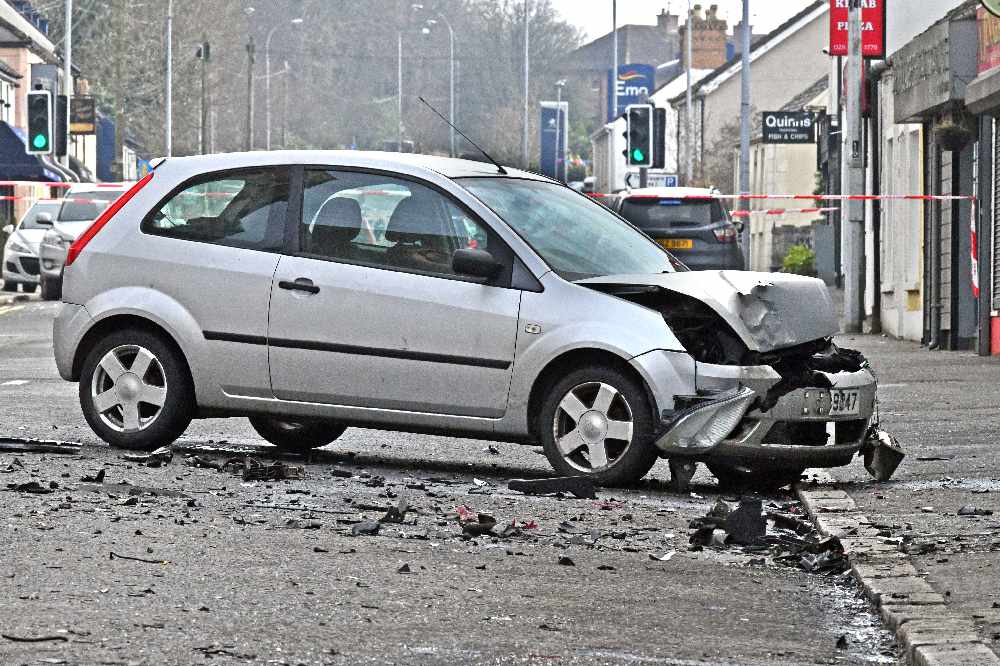When you "unit turn," what you're really turning as a "unit" are your torso and your upper arms. This prevents you from taking the racquet back at the shoulder, which encourages arm swinging, but also sets your hitting arm where it's going to need to be as you launch into the forward part of your stroke -- specifically, with the upper arm up and out away from the body.
A unit turn used to look like this for a classic, eastern, bent-elbow forehand.
Get the racquet back where it needs to be, then swing forward, low to high, and drive the ball. Elbow remains bent the whole way, because it's going to be bent at contact. But nothing radical looking about the swing. Easy peasy.
But tennis players discovered that the snapback effect from external rotation could provide more racquet head speed (RHS) at contact with less effort, so they started employing those loops. Borg (different grip, so we'll skip him for now), Lendl, Sampras eventually. Take the racquet back high, let gravity drop it down as the forward swing begins, externally rotating the arm, and snap it forward with the forward swing. More power, more spin, no additional effort. Genius. Again, their unit turn sets the upper arm where it needs to be for the stroke, but the elbow still goes to the position it'll be in for the hit: bent.
It's not so much about "leading with the elbow," as about putting the upper arm and elbow in the positions from which they need to drop in order to come forward in a proper, bent-arm hitting structure. Do that, and the elbow is going to lead.
Now, this served its purpose, but it has an interesting secondary effect: when the elbow is the furthest thing back, gravity acts upon it the most. The ELBOW becomes the primary thing that drops, and the whole stroke rotates around the elbow to an extent. This effect was still fairly modest with Lendl and Pete, but has been harnessed even further today.
You can see this in the modern game, where guys like Sock and Kyrgios continue to make contact with very bent elbow hitting structures. During the turn, they set the upper arm where it needs to be in order to rotate forward into the shot with the body, at a height where it'll drop to produce ESR, with an angle that assures that bent elbow at contact.
When they initiate their drops, they really accentuate the drop of the elbow as the focal point. It drops into the slot, forcing the whole forearm to rotate around it, first externally, then internally.
In fact, take a look at the Sock video that image was pulled from. Really take time to notice the degree to which the stroke is built around the position of that elbow. It leads the stroke back, drops first, and becomes the fulcrum for the whole stroke. Once you notice that, the leading elbow ought to become pretty simple to understand.
- Unit turn with arm out, elbow bent and high up
- Elbow drops and body/upper arm "unit" begins to rotate forward, pushing elbow ahead of racquet, creating lag
- Forearm rotates around upper arm
This differs, incidentally, from the turn you'll see from Del Potro, or Federer, or Nadal. They don't want the racquet arm to drop such that the elbow becomes the focus of rotation. They want the racquet back further, and the elbow straighter, so that when THEY drop from their loop and begin to swing forward, the RACQUET is the primary counterweight (instead of the elbow), which pulls the arm straight. Their ESR/ISR happens around a different axis, rotating the whole arm around the shoulder, rather than rotating the forearm around the upper arm at an angle. So their takebacks lead less (or in Del Potro's case, not at all) with the elbow, and more with the racquet. The upper arm still has to find its slot, but the takeback becomes more about getting the racquet set as a counterweight.
So for straight arms...
- Unit turn with arm out, racquet leads back high, elbow fairly straight
- Racquet drops, body/upper arm "unit" begins to turn, weight of racquet pulls arm straight, creating lag
- Forearm rotates with upper arm, racquet rotates around wrist
TL;DR -- the takeback is about (among other things) putting the part you want to drop first the furthest back, so that your swing's rotation will build around that. For bent-arm hitters, that'll be the elbow. For straight arm hitters, that'll be the racquet.



















